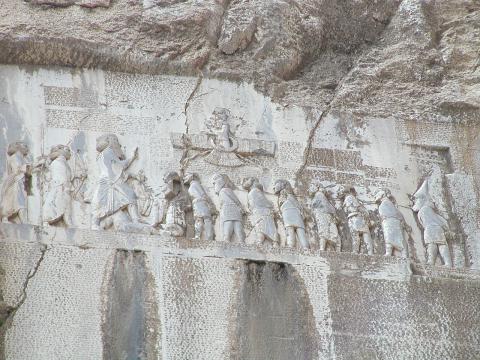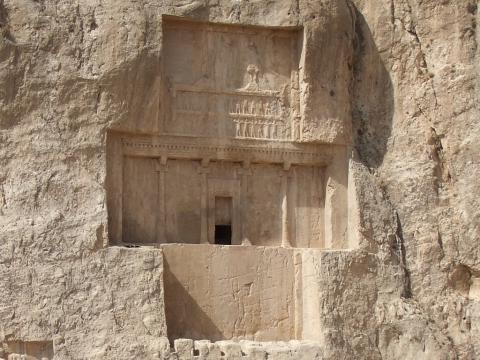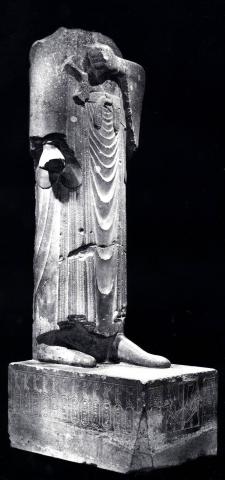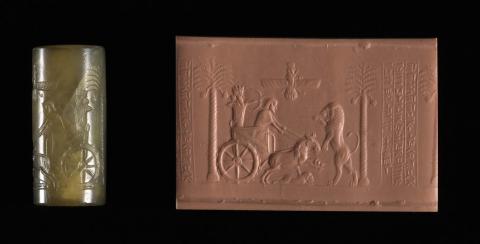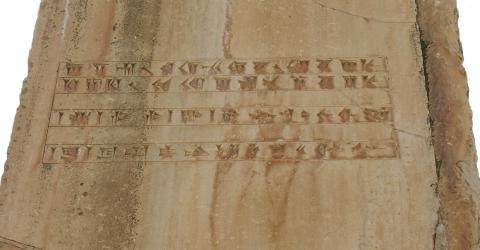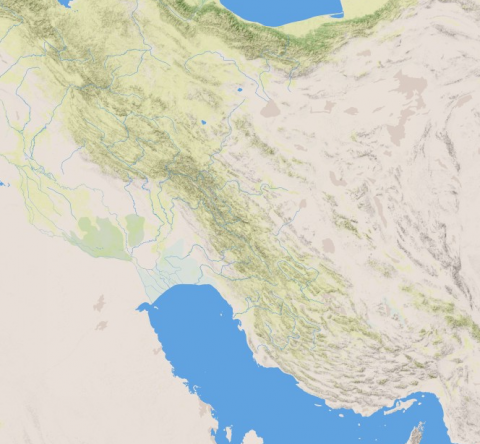Week 2 - Darius at Behistun
Essay: How (if at all) can we distinguish between truth and fiction in Darius’ Behistun proclamation?
Presentation 1: Herodotus' account of Darius and Smerdis
Presentation 2: Darius' narrative of the great rebellions
Primary:
Darius’ Behistun Monument (see sources below)
Darius’ tomb at Naqsh-e Rustam (see sources below)
Seal of Darius (see sources below)
Statue of Darius from Susa (see sources below)
Inscriptions of 'Cyrus' at Pasargadae (see sources below)
Herodotus 3.61-88
Secondary:
Introductory:
P. Briant, From Cyrus to Alexander 97-138
M. Waters, Ancient Persia, 58-72.
A. Kuhrt, The Persian Empire: A Corpus of Sources from the Achaemenid Period (2007), 135-77
The Behistun Monument:
M. Cool Root, The King and Kingship in Achaemenid Art (1979) 182-226
J.C. Greenfield and B. Porten, The Bisitun inscription of Darius the Great: Aramaic Version (1982)
E. von Voigtlander, The Bisitun inscription of Darius the Great: Babylonian Version (1978) 63-66
Narrative of events:
W. Vogelsang, ‘Medes, Scythians and Persians: The Rise of Darius in a North-South Perspective’, Iranica Antiqua 33 (1998) 195-223
R. Shayegan, ‘Bardiya and Gaumata: An Achaemenid Enigma Reconsidered’, BAI 20 (2010), 65-76.
Herodotus:
J. Balcer, Herodotus and Bisitun: Problems in Ancient Persian Historiography (1987) 19-48
Darius’ genealogy:
D. Stronach, ‘On the interpretation of the Pasargadae inscriptions’, in B. Magnusson et al.,Ultra terminum vagare: Scritti in honore di Carl Nylander (1997) 323-329
M. Waters, ‘Darius and the Achaemenid line’, Ancient History Bulletin 10 (1996) 11-18


